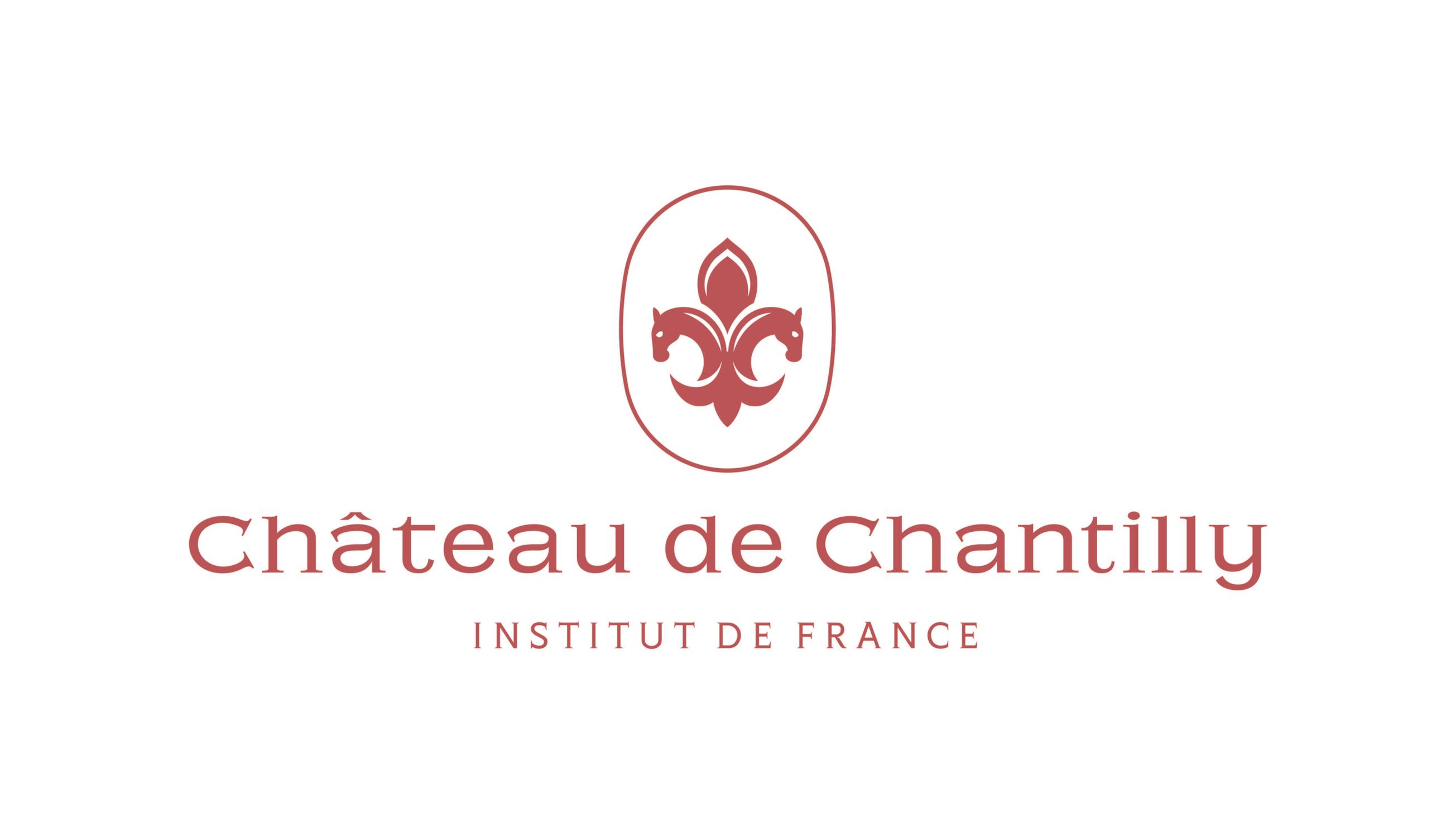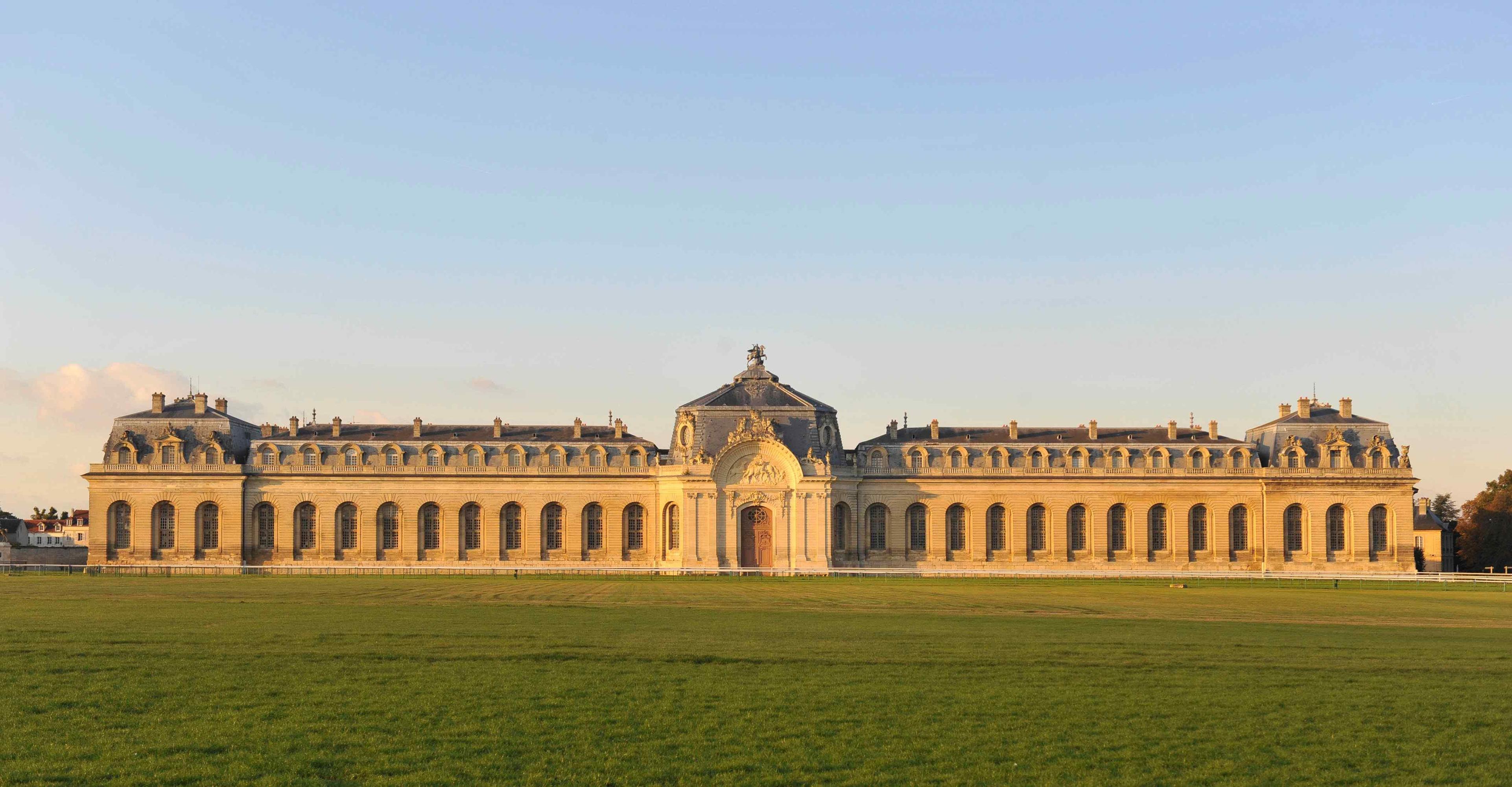The Grandes Écuries de Chantilly
The Living Museum of Horse is housed in the Grandes Écuries of the Château de Chantilly. An architectural masterpiece of the 18th century, they were built between 1719 and 1735 to the designs of the Bourbon-Condé's appointed architect, Jean Aubert (circa 1680-1741), for the 7th Prince of Condé, Louis-Henri de Bourbon. Proud of this architecture, Louis-Henri organised sumptuous dinners under the dome. Of the 220 horses present in 1740, 191 were for the Duke and 29 for the Duchess.
Jean Aubert created a monument to the synthesis between the architecture of the Grand Siècle and that of the reign of Louis XV. Along with Versailles, Chantilly became the model for princely and royal stables in Europe in the 18th and 19th centuries.
The Creation of the Museum in 1982
The Museum of Horse was created in 1982 by Yves Bienaimé. He built up a collection of objects relating to the horse, its trades and riding. It commissions contemporary artists to create works related to the horse and various themes.
The New Museum in 2013
In 2005, His Highness the Aga Khan created a private foundation to safeguard and develop the Chantilly estate. He carried out major restoration work on the Grandes Écuries and refurbished the museum. In 2013, the new Living Museum of Horse was inaugurated, with 15 rooms showcasing the relationship between man and horse over the course of time and across civilisations.
The Living Museum of Horse reinvents itself
Since 2023, the conservation team at the Living Museum of Horse has been changing the way the museum's rooms are hung. Horse-related professions such as saddlery, farriery and veterinary medicine are being given greater prominence. The Chantilly area is highlighted in the rooms devoted to horse breeding, gallop races, polo and shows. The atmosphere of the stables is recreated in the saddlery.

